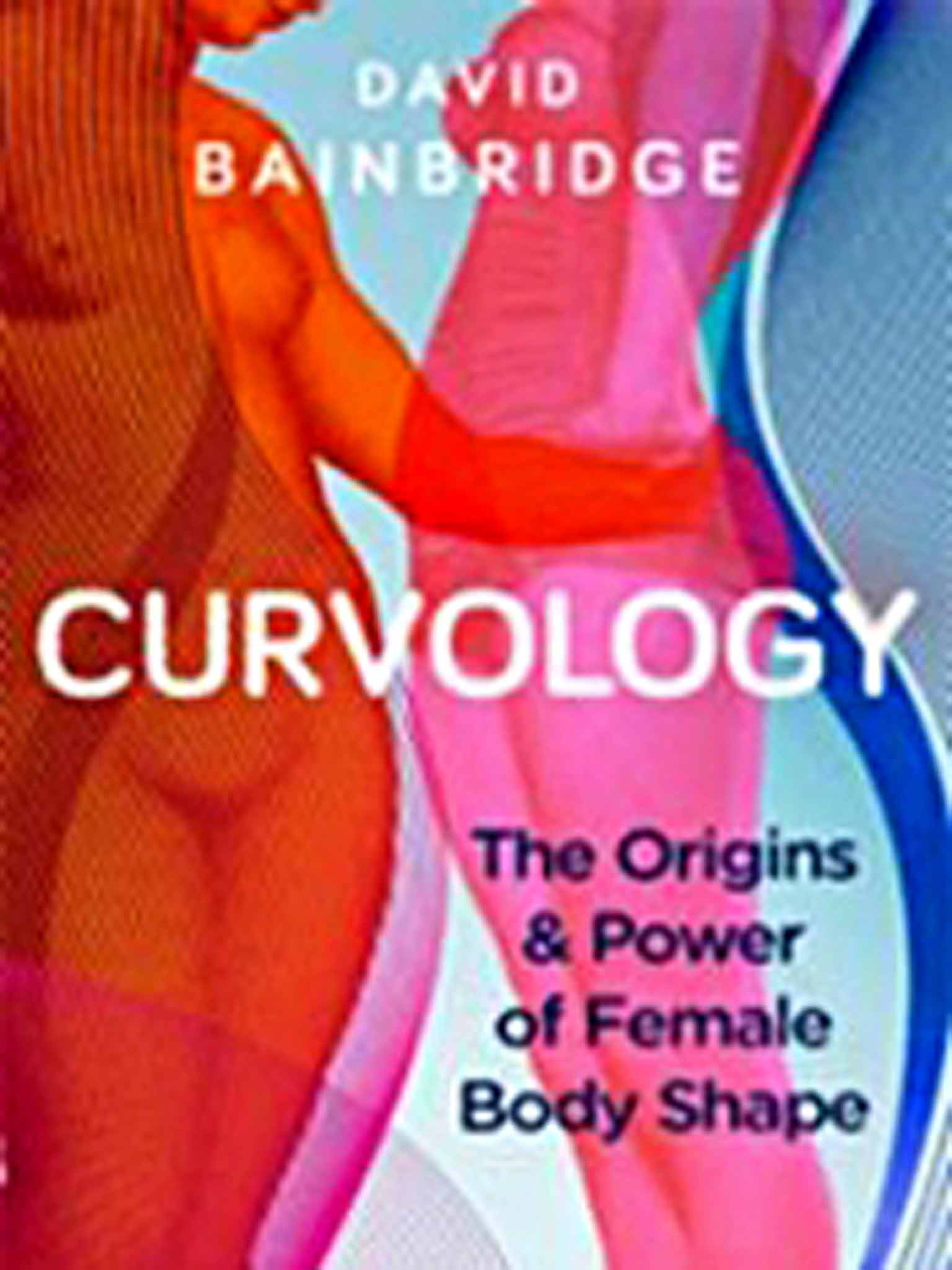Curvology: the Origins & Power of Female Body Shape By David Bainbridge - book review
Stereotypical take on the female form that doesn't measure up

Your support helps us to tell the story
From reproductive rights to climate change to Big Tech, The Independent is on the ground when the story is developing. Whether it's investigating the financials of Elon Musk's pro-Trump PAC or producing our latest documentary, 'The A Word', which shines a light on the American women fighting for reproductive rights, we know how important it is to parse out the facts from the messaging.
At such a critical moment in US history, we need reporters on the ground. Your donation allows us to keep sending journalists to speak to both sides of the story.
The Independent is trusted by Americans across the entire political spectrum. And unlike many other quality news outlets, we choose not to lock Americans out of our reporting and analysis with paywalls. We believe quality journalism should be available to everyone, paid for by those who can afford it.
Your support makes all the difference.Call me picky, but I'm not sure a male vet is the best person to write a book about women's bodies, especially one who writes opening sentences like this: "This is a book about the female body – its biology, the mind it contains, the culture that surrounds it – and why it has turned out to be the strangest thing in existence."
David Bainbridge, reproductive biologist and clinical veterinary anatomist at Cambridge University, is great when he's on home turf. Not being an expert in evolutionary biology, I found "The Body" section of the book articulate and informative reading.
Fat-thighed mothers and their (breast-fed) children, for example, are more intelligent due to the "brain-building breast-milk lipids" stored in these women's thighs and buttocks. It's in the final two parts – "The Mind" and "The World" – where his thesis loses its shape and the authority of his tone falters.
Admittedly these are far murkier waters than the exactitudes of science, but one of the main problems with his argument is that he doesn't seem to acknowledge the complexities involved when it comes to his subjects. Dealing mostly in unhelpful stereotypes, his reductive viewpoint is supposedly backed up by "studies" that are at best dubious (there is a list of reference texts, but no numbered footnotes so they exist without context), and at worst downright bonkers: "One study showed that women asked to try on swimsuits were subsequently more likely to experience body-shame, tended to eat less, and performed less well at maths tests than women who were asked to try on knitwear".
Bainbridge's forays into the female mind make for by far the most uneasy reading though. Here's an example of what allegedly acts as evidence in the chapter that argues that female body image is "all-controlling": "Many women always wear baggy clothes, for example; some will only undress in the dark, even when alone; others refuse to go swimming, or to a beach, or to a communal changing room; some avoid dating, or sex, or any physical contact at all; and some rarely leave the house."
This smacks of outdated theories of female hysteria, a perspective reinforced by the fact that he doesn't regard anorexia or bulimia as mental illnesses, instead searching for their origins in evolutionary theories: "ancient female strategies for reproductive restraint".
Perhaps I'm just not quite as obsessed with the female form as I'm supposed to be, but as far as I'm concerned this frustrating and confusing tome is by far the stranger beast than the female form ever could be.
Join our commenting forum
Join thought-provoking conversations, follow other Independent readers and see their replies
Comments